The Story of Finca Santa Teresa Santa Teresa Manor in Santa Clara Coffee region, Panama
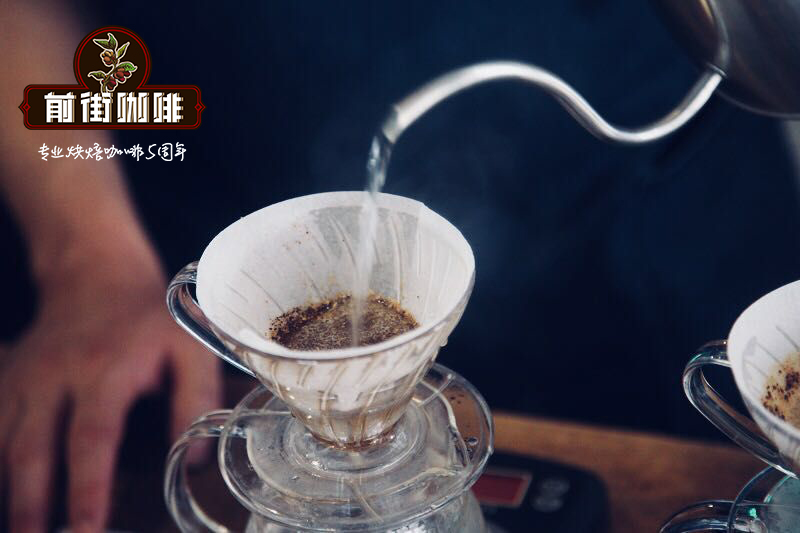
Professional coffee knowledge exchange more coffee bean information please follow the coffee workshop (Wechat official account cafe_style)
Today is the time for the front street to share Panamanian coffee beans, so you don't have to cling to the rosy summer. Of course, the front street search for Panama will not just go for the rosy summer. So many coffee estates and high-quality coffee have not yet been discovered. Finding beans with novel flavor is the real goal. Well, the one we want to share on the front street today is a Kaddura variety of the famous local coffee farm in Panama, Santa Teresa Manor. The manor is very famous and has won numerous awards, so there is no doubt about the quality of the coffee. As Qianjie said, we will not only look for rosy summer, but to find more quality coffee is the goal. So what's special about this bean after it has been tested? you will have a new experience as you read it.
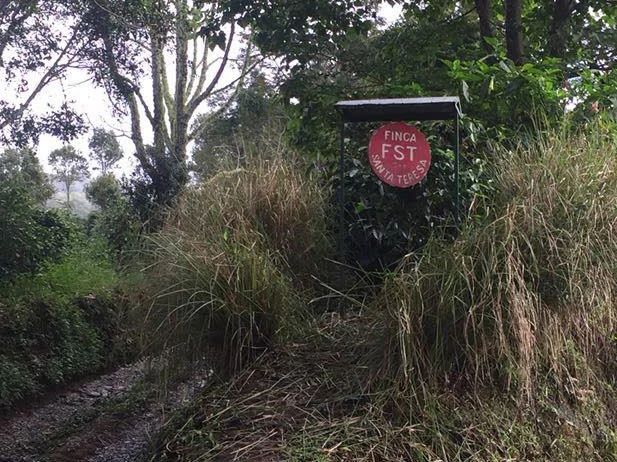
Introduction to the manor
Santa Teresa Manor (Finca Santa Teresa) is located in the producing area of Santa Clara (Santa Clara) on the border between Panama and Costa Rica. The owner of the estate runs a 100-hectare coffee farm for Juan Pablo Berard and his daughter Maria Luisia, keeping 25 hectares of virgin forest as a habitat for animals and plants. The varieties of coffee grown are Kaddura / Kaduai / Rosa. The estate has numerous award-winning records and is keen on education, joining the non-profit organization the NGO, where Casa Esperanza provides him with two teachers. Juan Pablo builds school buildings to provide books and meals, and is committed to local education. The acreage of the manor is small, but although the sparrow has its own processing plant, it can do everything from berries to sacks, and most of its employees are local residents at the border and are taken care of by the owners of the park.
Located at high altitudes, Finca Santa Teresa, FST has a unique rich black volcanic soil and is moistened by Pacific and Atlantic winds, which leads to high-quality coffee. Located in beautiful valleys and ridges, St. Teresa creates a variety of different microclimates and gives each micro batch of boutique coffee beans a different personality. St. Teresa uses environmentally friendly planting and raw bean treatment, and all waste related to the production process is recycled as fertilizer or fuel. In addition, St. Teresa provides free meals, medical care, accommodation, transportation, public utilities and education for all employees. There is also a school for the children of employees on the farm, so that farmers can devote themselves to taking care of coffee trees without having to worry about the situation at home.
Award record of St. Teresa's Manor:
2005 Best of Panama: fourth
2007 Best of Panama: sixth
2011 Best of Panama: third place
2012: world barista champion use (FST Geisha)
2012 Best of Panama: fourth (Geisha)
2013 Best of Panama:
Third place (Geisha Natural)
No. 4 (Geisha Honey)
No. 6 (Geisha Lavado)
Introduction of treatment method
To put it simply, the sun is used to dry coffee cherries with pulp and peel, so it is called Nature in English, but this nature treatment seems easy but not simple. The way to deal with the commercial sun is to spread a piece of plastic cloth on the ground and put the coffee beans directly on it for the sun; however, the problem will lie in the transfer of geothermal heat and the unstable heat convection of coffee cherries, if not stirred frequently, there may be problems of excessive heating or uneven fermentation. You can imagine that the beans laid on the top are very comfortable in the sun, and the beans stuffed at the bottom may smell funny.
In addition, there are many bad bacteria and pollution on the ground, which will also destroy the flavor of coffee beans. So there are a lot of traditional solarization. The flavor of the early good beans will not be treated by the sun, because people have a poor impression and the price is not high. However, the tanning method has improved a lot in recent years. Most of the current sun treatment methods use African-style viaducts, which can effectively block moisture and soil on the ground and increase air convection. In the process of sun exposure, the temperature will also be strictly controlled to prevent the high temperature from causing excessive fermentation. The whole process of sun treatment usually takes more than 20 days, allowing the bacteria and coffee cherry pulp to gradually ferment, so the flavor is relatively sweet, but also with rich tropical fruit flavor.
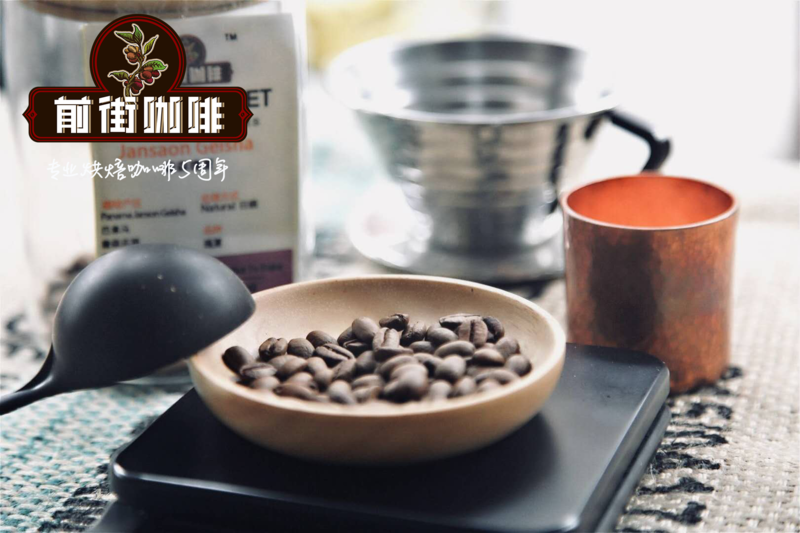
Analysis of raw beans of Qianjie coffee
Kaddura, a single gene variant of Bourbon bourbon, was found in Brazil in 1937. It has better production capacity and disease resistance than bourbon, and the tree is shorter and easy to harvest. Unfortunately, like bourbon, it has the periodic problem of production capacity fluctuation every two years. But its flavor is comparable to or slightly worse than bourbon beans, more importantly, super adaptability, no shade trees, direct exposure to the sun can also be full of vitality, commonly known as exposed coffee (Sun Coffee), can adapt to high-density planting, but must apply more fertilizer to increase costs, so the acceptance of coffee farmers is not high in the initial stage. Kaddura is suitable for planting in the high altitude area from 700m to 1700 m, with strong adaptability to altitude, but the higher the altitude, the better the flavor, and the production capacity is relatively reduced, which is the fate of fine beans. In academic circles, some people call Kaddura the bourbon of dense and exposed version, which can be said to hit the nail on the head.
Qianjie coffee roasting analysis roaster Yang family 600g semi-direct fire
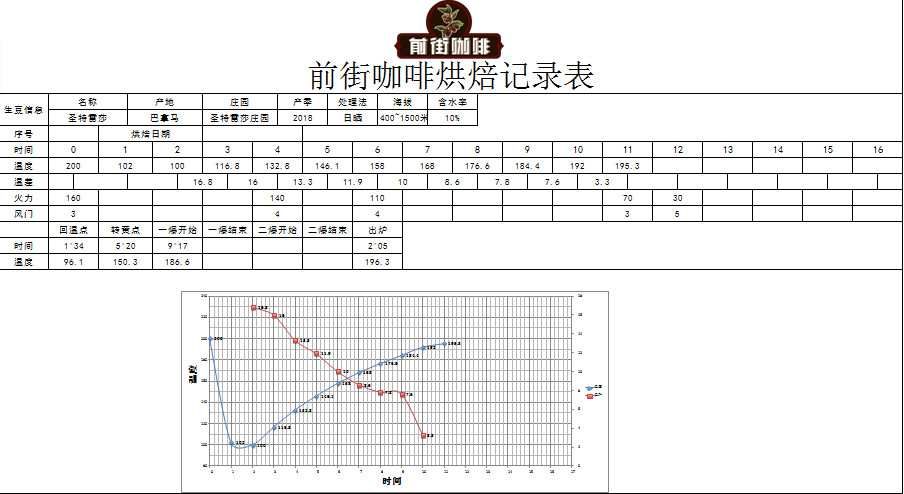
This coffee bean is of medium density and medium roasting is the most suitable baking degree to show the tonality of this bean.
Adopt fast stir-fry mode, furnace temperature to 200C into the pan, throttle open 3JI 1 minute then adjust firepower 160C, throttle unchanged, bake to 5o20 ", temperature 150.3 degrees, bean surface turns yellow, grass smell disappears completely, dehydration is completed, firepower is adjusted to 140C, throttle opens to 4x168 °C as Mena reaction point, firepower is reduced to 110C to develop flavor; 196.3 °C firepower is lowered to 80 again to medium firepower into an explosion.
At 8: 20 ", wrinkles and black markings appear on the bean surface, and the smell of toast obviously changes to the smell of coffee, which can be defined as a prelude to an explosion. At this time, it is necessary to listen carefully to the sound of the explosion point, to 9: 17" start to explode, the throttle is fully open, and the firepower is lowered to 70 degrees to 196.3 degrees. The development time is 2: 05 ".
Qianjie coffee cup test record
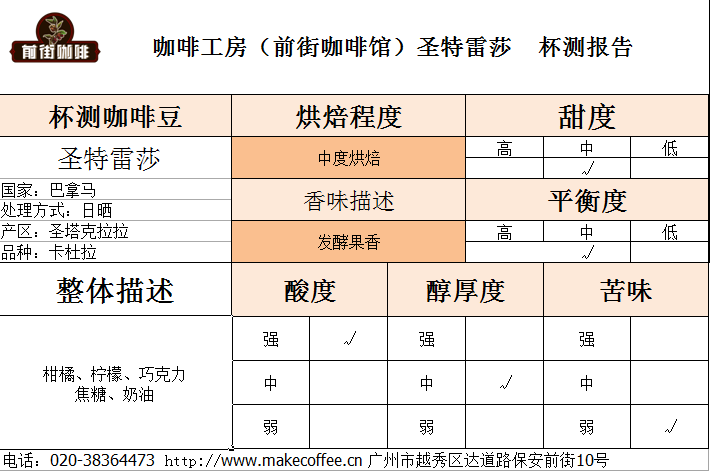
Front Street Coffee Kaddura Manor Santa Teresa, Panama
Panama Finca Santa Teresa
Producing area: Santa Clara area
Variety: Kaddura
Manor: St. Teresa's Manor
Altitude: 1400 to 1500m
Treatment: insolation
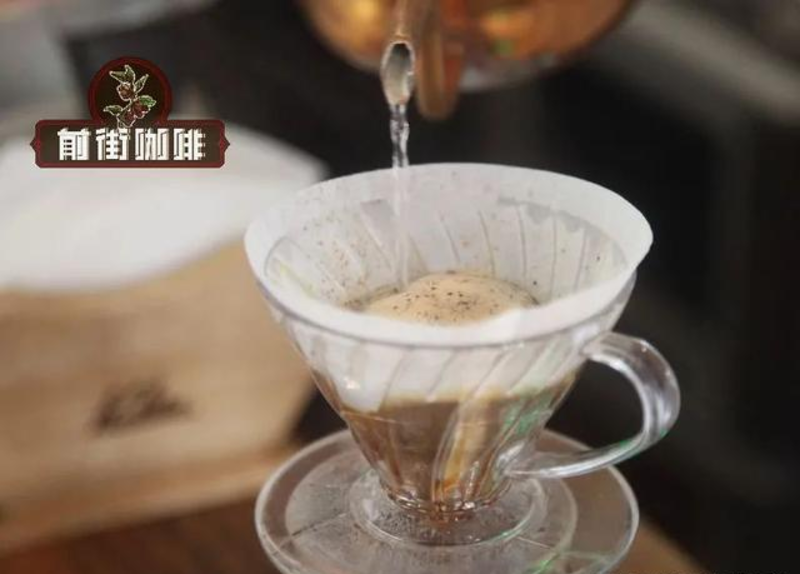
Analysis of coffee brewing in Qianjie
Recommended cooking method: hand-made V60 filter cup, 15g powder, water temperature 89 degrees, small Fuji grinding degree 3.5.The ratio of water to powder is close to 1:15. 30 grams of water is steamed, and the steaming time is 30 seconds: water injection is cut off to 130 grams, wait for the water level to drop by 1 gram, and water injection to 230 grams again.
Qianjie coffee flavor description: the entrance has a sour taste of citrus and lemon, melon and nut flavor appears in the middle, and some caramel comes back to the end.
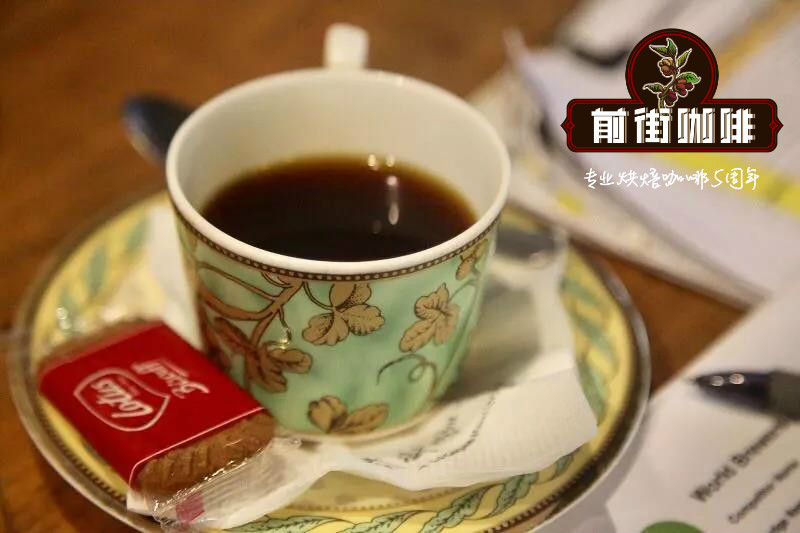
Important Notice :
前街咖啡 FrontStreet Coffee has moved to new addredd:
FrontStreet Coffee Address: 315,Donghua East Road,GuangZhou
Tel:020 38364473
- Prev
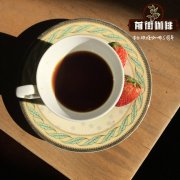
Yega Sheffield Coffee Hamma HAMA introduction Yega Sheffield Coffee flavor
For more information on coffee beans, please follow the coffee workshop (Wechat official account cafe_style) Yega Xuefei is a famous name in the boutique coffee world. It is located in the highlands of southern Ethiopia and is a distribution center for coffee beans nearby. In addition, it is also produced in Yega Xuefei with rich citrus, lemon notes and floral aromas.
- Next
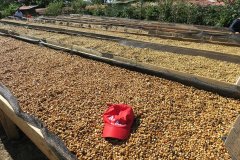
Panama Chiriqui Pocket Angel Kiss Beso De Angel Rose Summer Coffee Story letter
For more information on coffee beans, please follow the Coffee Workshop (official Wechat account cafe_style) in the fish market in downtown Panama, sandwiched in the jungle of skyscrapers such as New York, the capital of Panama not far from the equator sweating, eating fried fish and drinking cold coconut water. Explore the Panama Canal and watch large cruise ships go up and down the canal.
Related
- Does Rose Summer choose Blue, Green or Red? Detailed explanation of Rose Summer Coffee plots and Classification in Panamanian Jade Manor
- What is the difference between the origin, producing area, processing plant, cooperative and manor of coffee beans?
- How fine does the espresso powder fit? how to grind the espresso?
- Sca coffee roasting degree color card coffee roasting degree 8 roasting color values what do you mean?
- The practice of lattes: how to make lattes at home
- Introduction to Indonesian Fine Coffee beans-- Java Coffee producing area of Indonesian Arabica Coffee
- How much will the flavor of light and medium roasted rose summer be expressed? What baking level is rose summer suitable for?
- Introduction to the characteristics of washing, sun-drying or wet-planing coffee commonly used in Mantenin, Indonesia
- Price characteristics of Arabica Coffee Bean Starbucks introduction to Manning Coffee Bean Taste producing area Variety Manor
- What is the authentic Yega flavor? What are the flavor characteristics of the really excellent Yejasuffi coffee beans?

